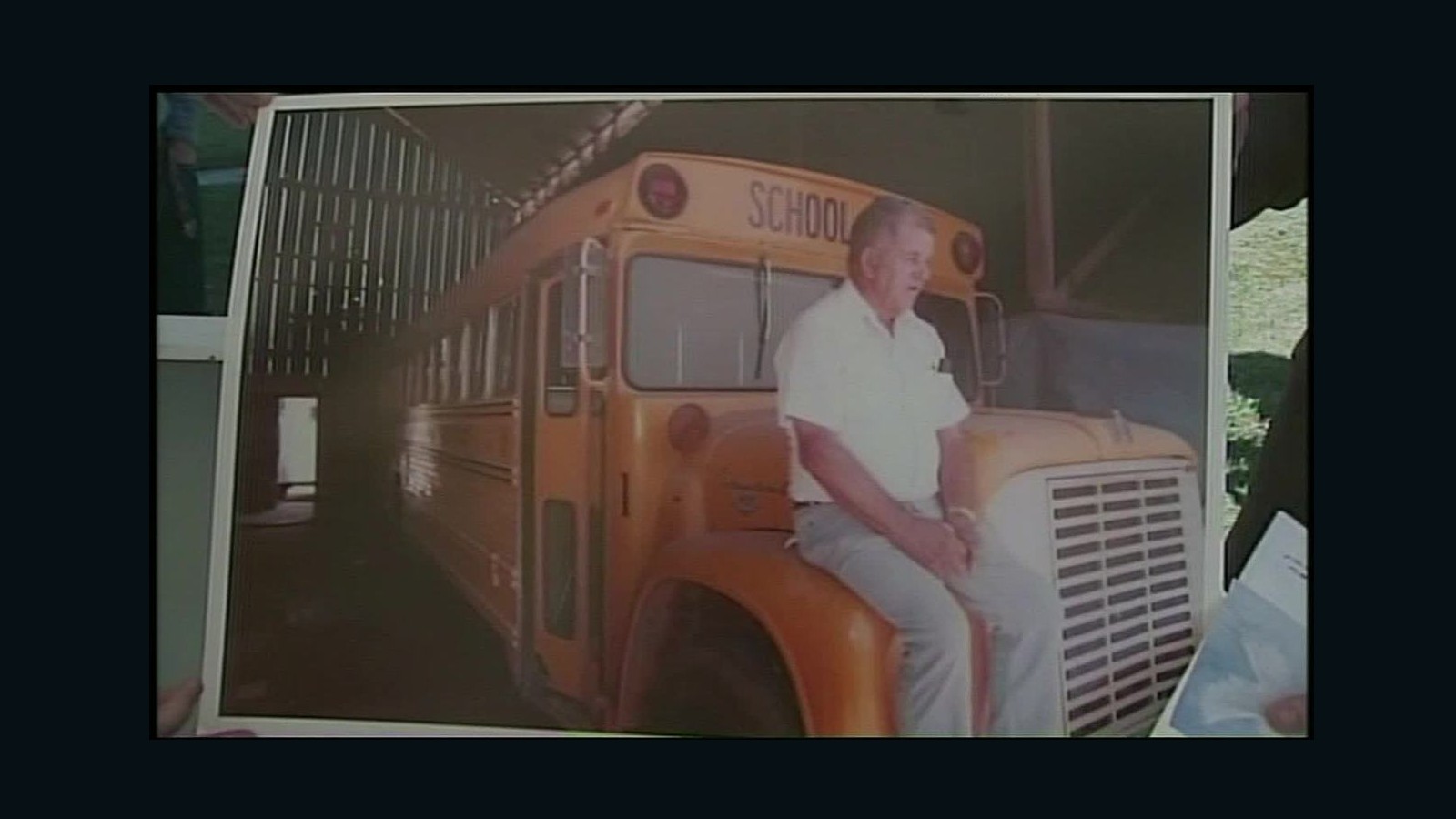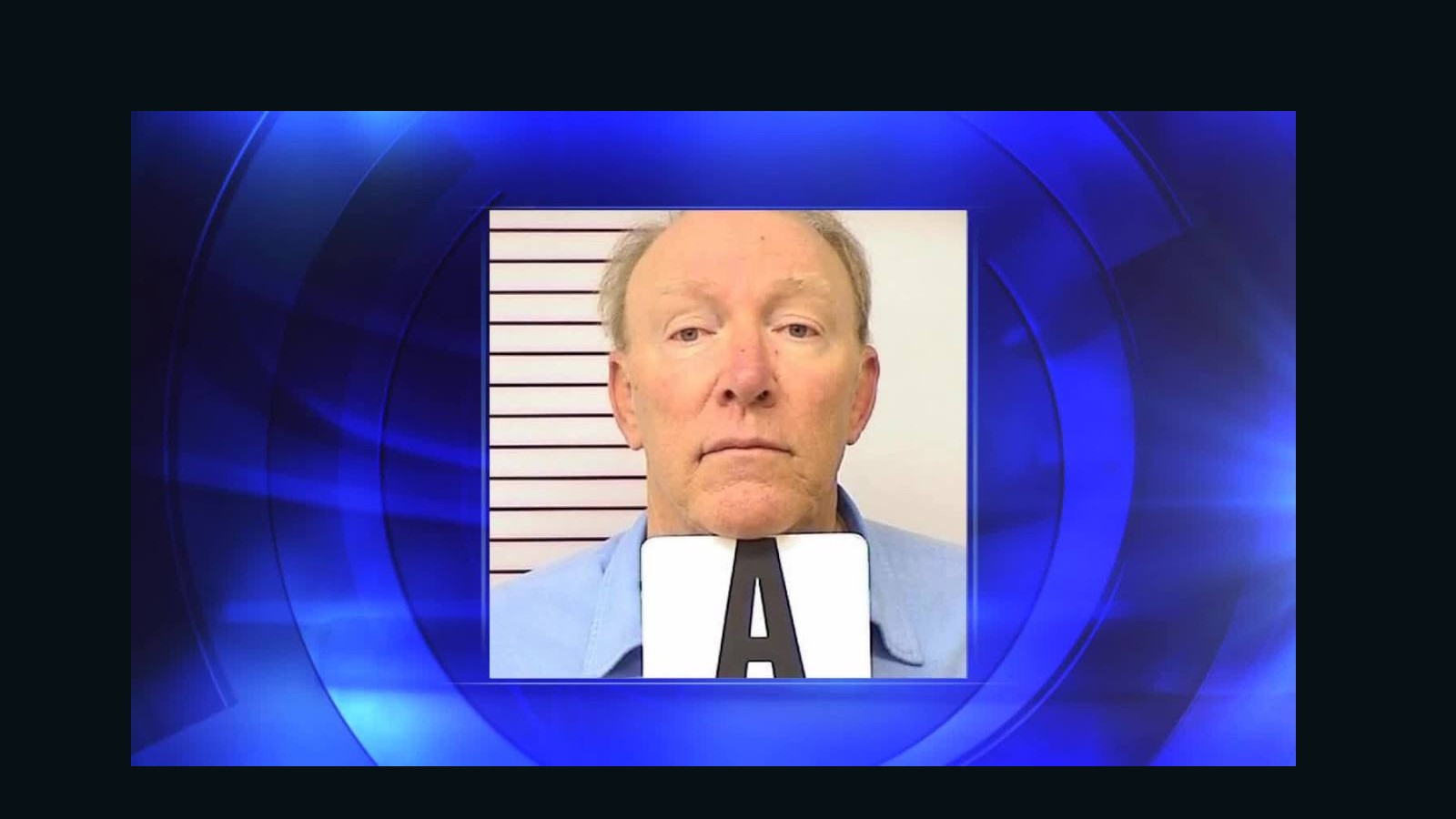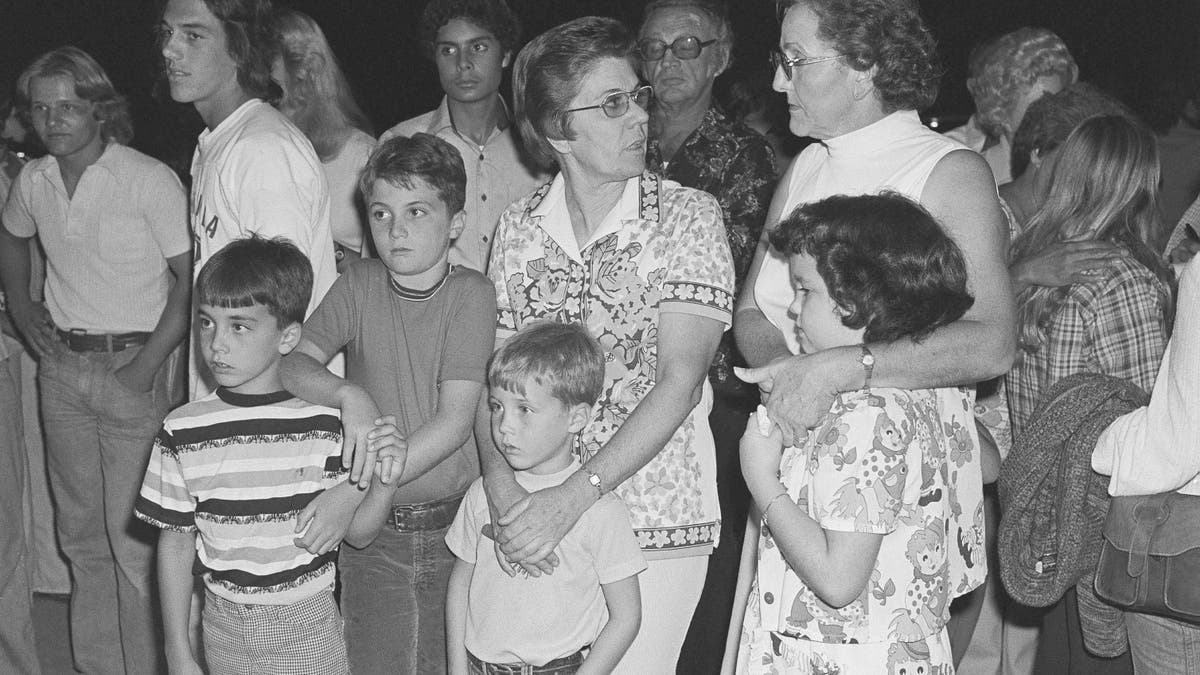On July 15, 1976, the Chowchilla kidnapping shocked the world and became one of the most infamous crimes in American history. The harrowing events surrounding the abduction of 26 schoolchildren and their bus driver from Chowchilla, California, left a lasting impact on the community and the nation. What happened to the Chowchilla kidnappers has been a subject of fascination, inquiry, and debate ever since.
This crime was not just another abduction case; it was an intricate plan executed by three men who believed they could pull off the impossible. Their audacity and disregard for human life made headlines worldwide, and the aftermath of the case sent shockwaves through the legal system. Understanding the details of this case and the fate of the kidnappers provides insight into the justice system's response to such heinous crimes.
In this article, we will delve into the events of the Chowchilla kidnapping, explore the motives and actions of the kidnappers, and examine what ultimately happened to them. By examining the case through a comprehensive lens, we aim to shed light on the significance of this historical event and its implications for society today.
Read also:Mullets From The Back The Ultimate Guide To This Iconic Hairstyle
Table of Contents:
- Introduction
- Background of the Chowchilla Kidnapping
- Who Were the Chowchilla Kidnappers?
- The Abduction Process
- The Investigation and Rescue
- The Trial and Sentencing
- Aftermath of the Case
- Impact on Society
- What Happened to the Kidnappers Today?
- Conclusion
Background of the Chowchilla Kidnapping
The Chowchilla kidnapping took place in a small town in California, where no one expected such a crime to occur. The incident began when a school bus carrying 26 children and their driver was hijacked on its way home from school. The kidnappers, Fred Newhall Anderson, Richard Allen Chun, and James Edwin Reynolds, had meticulously planned the abduction, hoping to demand a substantial ransom from the local government.
Key Details of the Incident
- The kidnapping occurred on July 15, 1976.
- A total of 26 children and one adult were abducted.
- The kidnappers buried the victims alive in a buried box truck.
This act of desperation and cruelty left the community in disbelief, as the kidnappers had no prior connection to the victims. The case quickly gained national attention, with law enforcement agencies scrambling to locate the missing individuals.
Who Were the Chowchilla Kidnappers?
The Chowchilla kidnappers were three men with different backgrounds but a shared motive: financial gain. Each of them played a specific role in the planning and execution of the crime, and their actions ultimately led to their downfall.
Read also:Exploring The Iconic Cast Of General Hospital A Comprehensive Guide
Fred Newhall Anderson
Fred Newhall Anderson was the mastermind behind the Chowchilla kidnapping. A former insurance salesman, Anderson had financial troubles that drove him to concoct this audacious plan. His organizational skills and determination were evident in the detailed preparations for the abduction.
Richard Allen Chun
Richard Allen Chun was a mechanic who provided the technical expertise needed to execute the plan. His knowledge of vehicles and machinery was crucial in modifying the box truck used to bury the victims. Chun's role in the operation made him an indispensable part of the team.
James Edwin Reynolds
James Edwin Reynolds was the third member of the group, responsible for driving the stolen school bus and ensuring the victims were transported to the burial site. His involvement in the crime was motivated by a desire for quick money and a way out of his financial struggles.
The Abduction Process
The abduction of the Chowchilla schoolchildren was carried out with military precision. The kidnappers had planned every detail, from the timing of the hijacking to the location of the burial site. However, their plan had one critical flaw: underestimating the resilience and determination of the victims.
Execution of the Plan
- The kidnappers stopped the school bus on a rural road and forced the driver and children into a modified box truck.
- The truck was then buried underground, with only a small air vent for the victims to breathe.
- After burying the victims, the kidnappers fled the scene, believing they had successfully executed their plan.
Despite the kidnappers' efforts to eliminate all traces of evidence, the victims' resourcefulness and courage played a vital role in their eventual rescue.
The Investigation and Rescue
When news of the missing school bus spread, law enforcement agencies launched a massive search operation. The FBI, local police, and community volunteers joined forces to locate the missing individuals. The breakthrough came when the victims managed to dig themselves out of the buried truck and alert authorities.
The Rescue Operation
- The victims used a flashlight to signal for help, which was noticed by a passing motorist.
- Law enforcement quickly responded and secured the area, ensuring the safety of all individuals involved.
- With the victims safe, the focus shifted to tracking down the kidnappers and bringing them to justice.
The rescue operation was hailed as a remarkable success, showcasing the bravery of the victims and the efficiency of the law enforcement response.
The Trial and Sentencing
The trial of the Chowchilla kidnappers was a highly publicized event, with the nation watching as justice was served. Each of the three men faced multiple charges, including kidnapping, conspiracy, and attempted murder. The evidence against them was overwhelming, and the jury delivered swift verdicts.
Sentencing Details
- Fred Newhall Anderson was sentenced to life in prison without the possibility of parole.
- Richard Allen Chun received a life sentence with the possibility of parole after serving 30 years.
- James Edwin Reynolds was sentenced to 19 years in prison.
The sentencing reflected the gravity of the crime and the need to hold the kidnappers accountable for their actions.
Aftermath of the Case
In the wake of the Chowchilla kidnapping, significant changes were made to the legal and law enforcement systems. The case highlighted the importance of rapid response and coordination between agencies during crisis situations. Additionally, the psychological impact on the victims and their families necessitated long-term support and counseling.
Reforms and Lessons Learned
- Improved communication and cooperation between law enforcement agencies.
- Increased focus on victim support services and mental health resources.
- Stricter penalties for crimes involving children and vulnerable populations.
The Chowchilla case served as a catalyst for change, ensuring that future incidents would be handled with greater efficiency and compassion.
Impact on Society
The Chowchilla kidnapping left an indelible mark on society, raising awareness about the dangers of abduction and the importance of community vigilance. The case also prompted discussions about the root causes of such crimes, including poverty, mental health issues, and lack of education.
Societal Implications
- Increased public awareness of child safety and abduction prevention.
- Development of programs aimed at addressing the underlying causes of criminal behavior.
- Encouragement of community involvement in crime prevention and response efforts.
By examining the societal impact of the Chowchilla case, we can better understand the broader implications of such crimes and work toward a safer future.
What Happened to the Kidnappers Today?
Decades after the Chowchilla kidnapping, the status of the kidnappers varies. While Fred Newhall Anderson remains incarcerated, Richard Allen Chun and James Edwin Reynolds have been released from prison. Their lives since their release have been closely monitored by authorities, ensuring that they do not pose a threat to society.
Updates on the Kidnappers
- Fred Newhall Anderson continues to serve his sentence in a California prison.
- Richard Allen Chun was released in 2004 and has reportedly lived a quiet life.
- James Edwin Reynolds was released in 1993 and has maintained a low profile.
The fate of the kidnappers serves as a reminder of the lasting consequences of their actions and the importance of accountability in the justice system.
Conclusion
The Chowchilla kidnapping remains one of the most infamous crimes in American history, a stark reminder of the dangers posed by individuals who disregard the sanctity of human life. By examining the events surrounding the case, the motives and actions of the kidnappers, and the aftermath of the crime, we gain valuable insights into the complexities of justice and society.
We encourage readers to reflect on the lessons learned from this case and consider how they can contribute to creating a safer and more compassionate world. Please share your thoughts in the comments section below, and feel free to explore other articles on our site for more in-depth analyses of historical events and their impact on society today.
For further reading, we recommend consulting reputable sources such as the FBI archives, legal documents, and academic studies related to the Chowchilla kidnapping. Understanding the full scope of this case is essential for anyone seeking to grasp the complexities of crime and justice in modern society.


